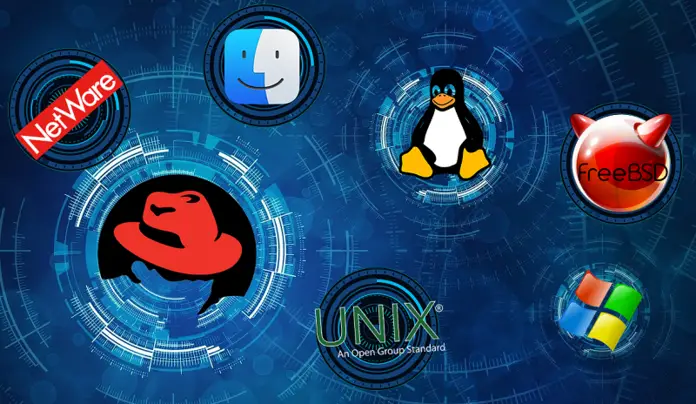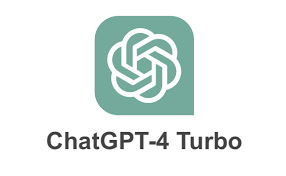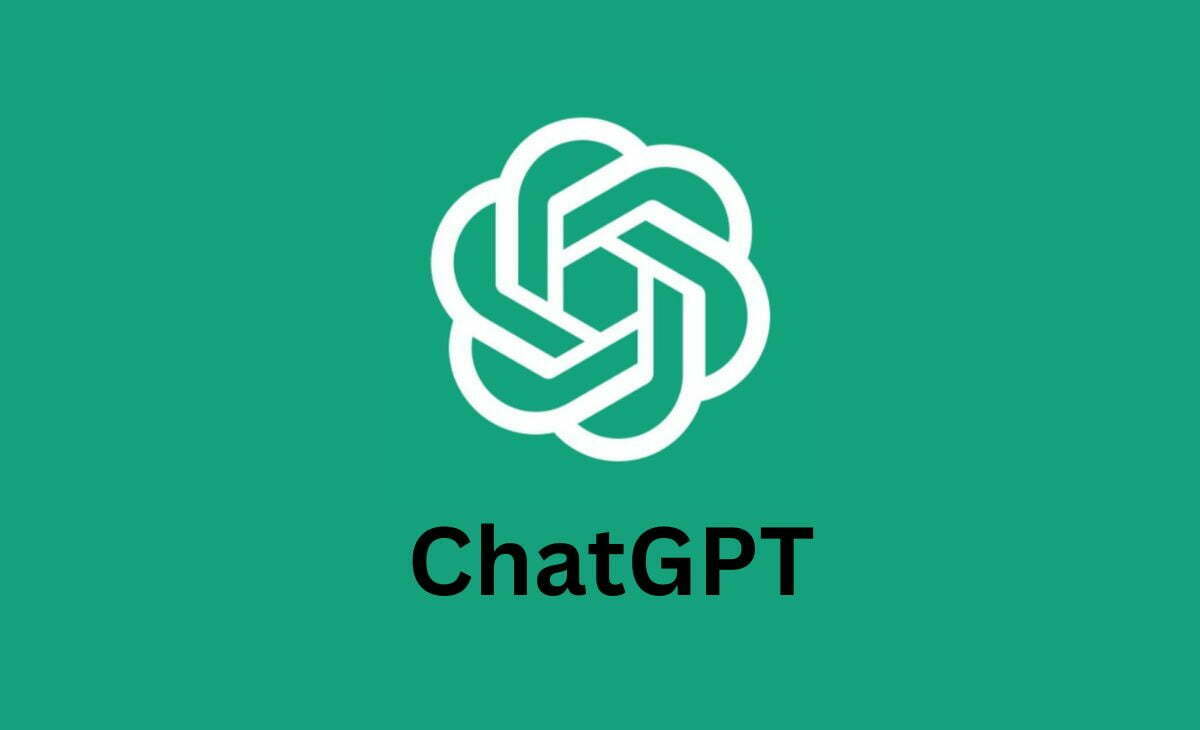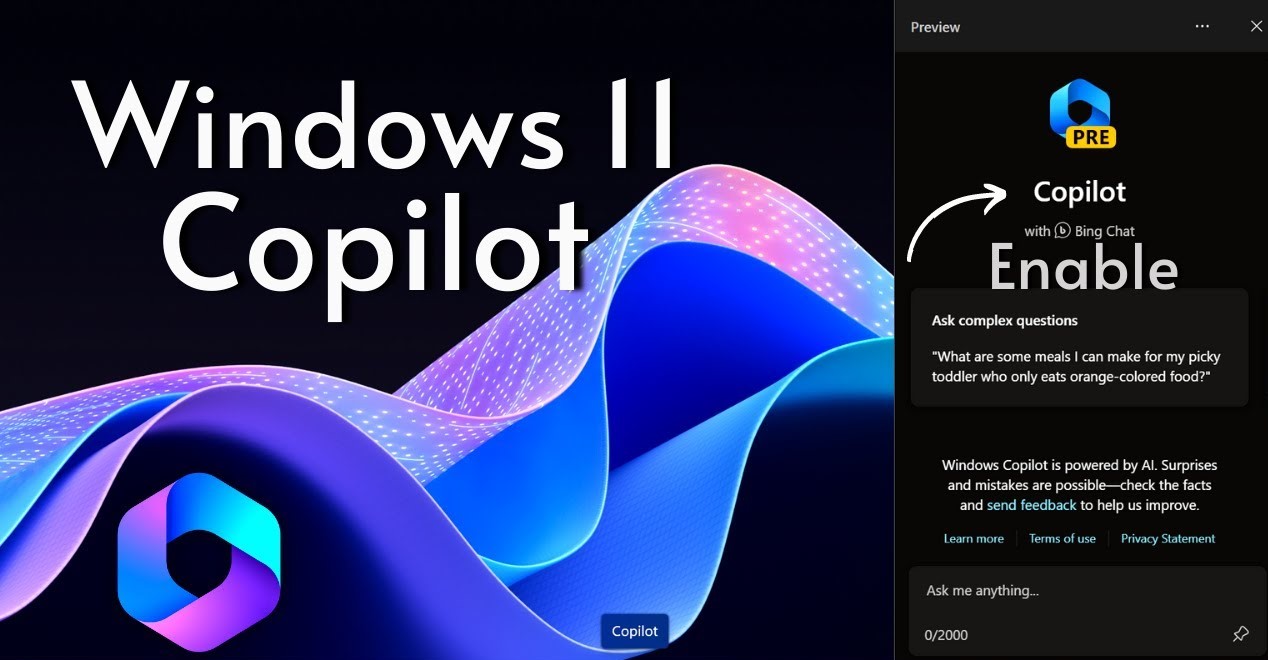The Game Changer: A Comprehensive Roadmap to Mastering Front-End Development
By Vinius M Muthii | October 18, 2023
In today's digital landscape, understanding a clear path to success in the vast realm of programming is indispensable.Front-end development, being a popular entry point for many aspiring developers, often lacks a definitive guideline, which results to quitting or becoming incompetent in general web development.
To bridge this gap, we present a comprehensive roadmap that provides a structured approach to mastering front-end development.
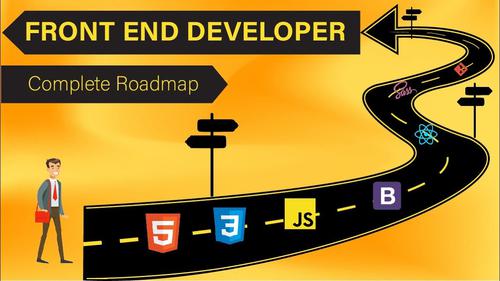
What is Front-End Development
As the name implies, this is the aspect of web development that website visitors can see. Any application's user friendliness must be carefully considered, and many factors that are addressed in front-end development, such as design, colors, layout, and responsiveness, have a significant impact.
This fascinating area of web development is distinguished by a number of essential aspects and languages, which we will examine in this article. We strongly advise anyone interested in this topic to follow the order in which these components are listed in this article.
1. HTML and CSS Fundamentals
This is where the magic all starts. In front-end development, HTML (Hyper-Text Markup Language) is the first step. The structure of web pages is essentially described by this markup language. These HTML files are converted into multimedia web pages with the aid of browsers.
A webpage's content can be organized using a number of HTML elements and tags. Headings, paragraphs, lists, links, images, hyperlinks, tables, forms, and many more are examples of these elements.
We have CSS (Cascading Style Sheets), which improves the appearance and layout of the web page once these elements have been presented to the screen. Selectors and Properties, Layout Controls, Flexibility and Responsiveness, Media Queries, Animations and Transitions are just a few of the many stylistic elements offered by CSS.
We recommend using this link to start your journey in HTML and CSS.
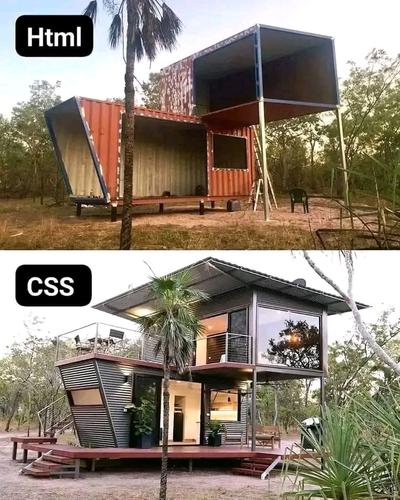
Due to its numerous frameworks and consistently attractive designs, CSS is intended to make the development process simpler and faster. Among the well-liked frameworks are:
Bootstrap
In addition to pre-built elements (such navigation bars, buttons, and forms), it offers a responsive grid system, JavaScript plugins for generating interactive elements. It's a fantastic option for programmers of all experience levels because of its extensive documentation and supportive community. Use this link to learn more and practice Bootstrap
Tailwind CSS
It offers a complete collection of utility classes for styling that may be combined to produce intricate and original designs. It makes a wonderful alternative for programmers who are interested in customization because it enables designers to quickly create bespoke designs without coding custom CSS. Use this linkto learn more and practice Tailwind CSS.
Foundation
Developers may design responsive and mobile-first projects with the help of this potent responsive front-end framework. It is a popular option among programmers due to its rich set of customizable UI elements, including forms, buttons, navigation, and a variety of built-in JavaScript plugins. Use this link to learn more and practice Foundation.
Bulma
It is a modern CSS framework based on Flexbox that is popular for its simplicity. Because of its modular design and great degree of customization, developers can employ only the components they require for their applications. Use this link to learn more and practice Bulma.
2. JavaScript Proficiency
JS is an crucial and must-learn programming languages in front-end development as it enables interactivity in web pages and web applications. It enables event-driven programming, allowing developers to create actions or functions triggered by specific events such as clicks, scrolls, or keyboard inputs. This feature facilitates the creation of interactive and responsive user interfaces.
JavaScript also has a variety of libraries and frameworks that offer pre-built elements and structures that programmers may utilize to create applications without having to start from scratch.They consist of:
React
Facebook created React.js, a popular JavaScript library for creating user interfaces. It enables programmers to efficiently manage the state of intricate programs and generate reusable UI components. React's virtual DOM makes it possible to update the DOM quickly, resulting in web apps that are fast and responsive. Discover React.js here.
Angular
The Google-maintained framework Angular is effective for creating single-page applications. It offers a wide range of capabilities, such as dependency injection, two-way data binding, and effective templating. It is appropriate for large-scale and enterprise-level applications because to its robust architecture and extensive tools. Discover Angular here.
Vue.js
It is a flexible framework that enables developers to embrace its capabilities gradually, making it simple to integrate into current projects. Its component-based architecture and reactive data binding make it easy to build complex web interfaces and one-page applications. Discover Vue.js here.
jQuery
It is a fast, small, and feature-rich JavaScript library that simplifies client-side scripting. It provides a wide range of utilities for DOM manipulation, event handling, animation, and AJAX interactions. Despite the popularity of newer JS frameworks, it is still a helpful tool because it adds functionality and interactivity to web sites more quickly than other methods. Discover jQuery here.
Other well-known frameworks, such as Node.js, Express.js, and Next.js, are frequently used in back-end development, a topic we'll cover in a future article.
The choice of these frameworks and libraries is often facilitated by project requirements, familiarity,community support and specific features provided by each of them.
JavaScript proficiency needs a lot of practice mostly for beginners and consistency which has worthwhile benefits. We recommend using these 20 free examplesfor practice purposes for better understanding.
3. Other Important Tools
Saas (Software as a Service)
It is a software distribution model in which applications are hosted by a third-party provider and made available to customers over the internet. Instead of installing and maintaining software, users can access it via a web browser or a thin client making it a popular choice for many business applications including office and messaging softwares, management softwares and more.
Popular examples of SaaS applications include customer relationship management (CRM) systems like Salesforce, collaboration tools like Microsoft 365 and Google Workspace, and project management platforms like Asana and Trello.
Learn Saas here.
Git
Git is a distributed version control system designed to handle everything from small to very large projects with speed and efficiency. It has become an integral part of the software development workflow, enabling teams to work together efficiently, manage changes effectively, and maintain a detailed history of a project's development. GitHub and GitLab are popular web-based platforms that provide hosting for Git repositories. They offer additional features such as issue tracking, pull requests, and wikis, making collaboration and code review easier for development teams. Learn more about GIT here.
In conclusion, front-end development serves as the cornerstone of creating engaging and user-friendly digital experiences. It involves the implementation of HTML, CSS, and JavaScript to build the visual and interactive components of websites and web applications. By mastering the essential skills, tools, and technologies outlined in this roadmap, aspiring front-end developers can establish a strong foundation to thrive in this dynamic field.
For notifications of future developments, subscribe to our newsletter and follow us on social media.
Never miss Technological Updates
Subscribe to our Newsletter
Join our Community
Follow us on social media to stay connected and engage with our vibrant tech community:










